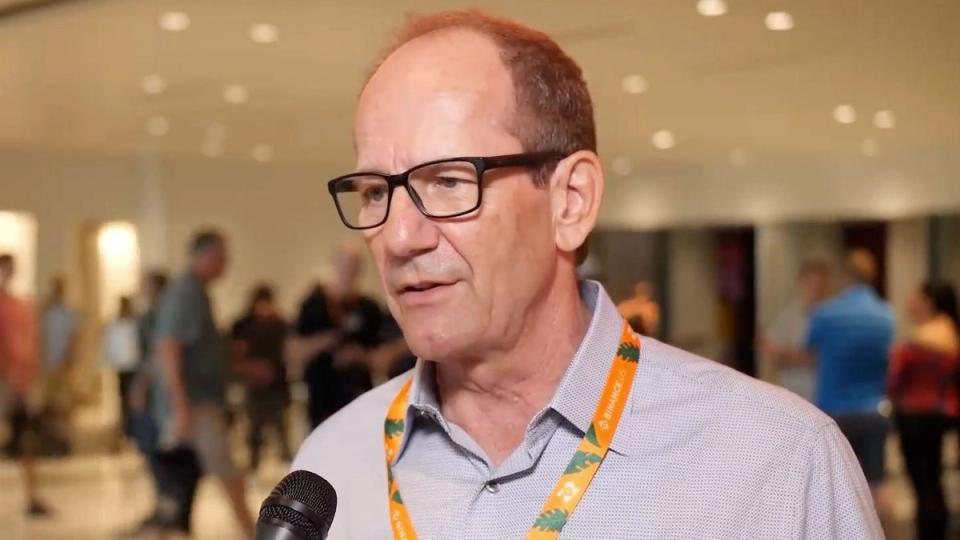Bitcoin mining industry is entering a difficult period characterized by increasing competition, increasing energy demand and declining profits, according to Fred Thiel, CEO of MARA Holdings (MARA).
“Bitcoin mining is a zero-sum game,” Thiel said in an interview with CoinDesk. “As more people add capacity, it becomes harder for everyone else. Margins are compressed and the floor is your energy costs.”
Thiel painted a picture of a maturing and more brutal industry where only miners with access to cheap, reliable energy – or new business models – will survive. Increasingly, he said, many mining companies are pivoting into adjacent fields, such as artificial intelligence or building high-performance computing (HPC) infrastructure. Others are simply outcompeted by players who implement their own hardware at a lower cost, including large manufacturers and companies like Tether.
“You have hardware vendors running their own mines because customers aren’t buying as much equipment,” Thiel said. “The global hashrate keeps growing, which means everyone else’s margins keep falling.”
Hard road ahead
Thiel warned that the landscape for miners could become even more dire after the next bitcoin halving in 2028, when block rewards will be halved again – this time to just over 1.5 BTC. Unless transaction fees increase or the price of bitcoin increases, the economics of mining will become unsustainable for many.
“Bitcoin was designed with the idea that transaction fees would eventually replace the subsidy,” Thiel said. “But that hasn’t happened. If bitcoin doesn’t grow by 50% or more annually, the math is going to be very tough after 2028 — and even tougher in 2032.”
Despite several short-lived spikes, transaction fees on the bitcoin network remain relatively low. Most of the recent fee increases, such as those caused by Ordinals and Inscriptions, have not lasted long enough to replace block grants. Thiel said miners are watching for new trends, such as banks pre-purchasing block space to guarantee settlement priority, which could change the dynamic — but nothing concrete has emerged.
In this environment, minor miners are under severe pressure. Larger players are adapting by controlling energy sources and investing in private AI infrastructure, while leaner operators may be forced to shut down.
“Our strategy is to be in the lowest quartile in terms of production costs,” Thiel said. “Because in a tight market, 75% of the other guys have to shut down before we do.”
Looking ahead, Thiel expects the market to self-regulate as miners hit the limits of profitability. But the threshold rises quickly. “By 2028, you will either be a power generator, be owned by one or partner with one,” he said.
“The days of being a miner connected to the grid are numbered.”



